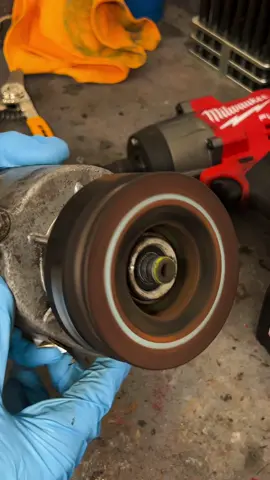Caitlin🌷 mama + wife
Region: US
Thursday 28 August 2025 01:40:58 GMT
539
59
6
1
Music
Download
Comments
thatvickychick :
Literally
2025-08-28 05:11:35
1
tashaatalks :
Girl this show is bout to put me in labor 😂😂😂😂
2025-08-28 05:15:03
1
Shawnaaa_xox :
Omg I said the same thing!!
2025-08-28 02:46:47
1
To see more videos from user @_caitlinchampaco, please go to the Tikwm
homepage.





